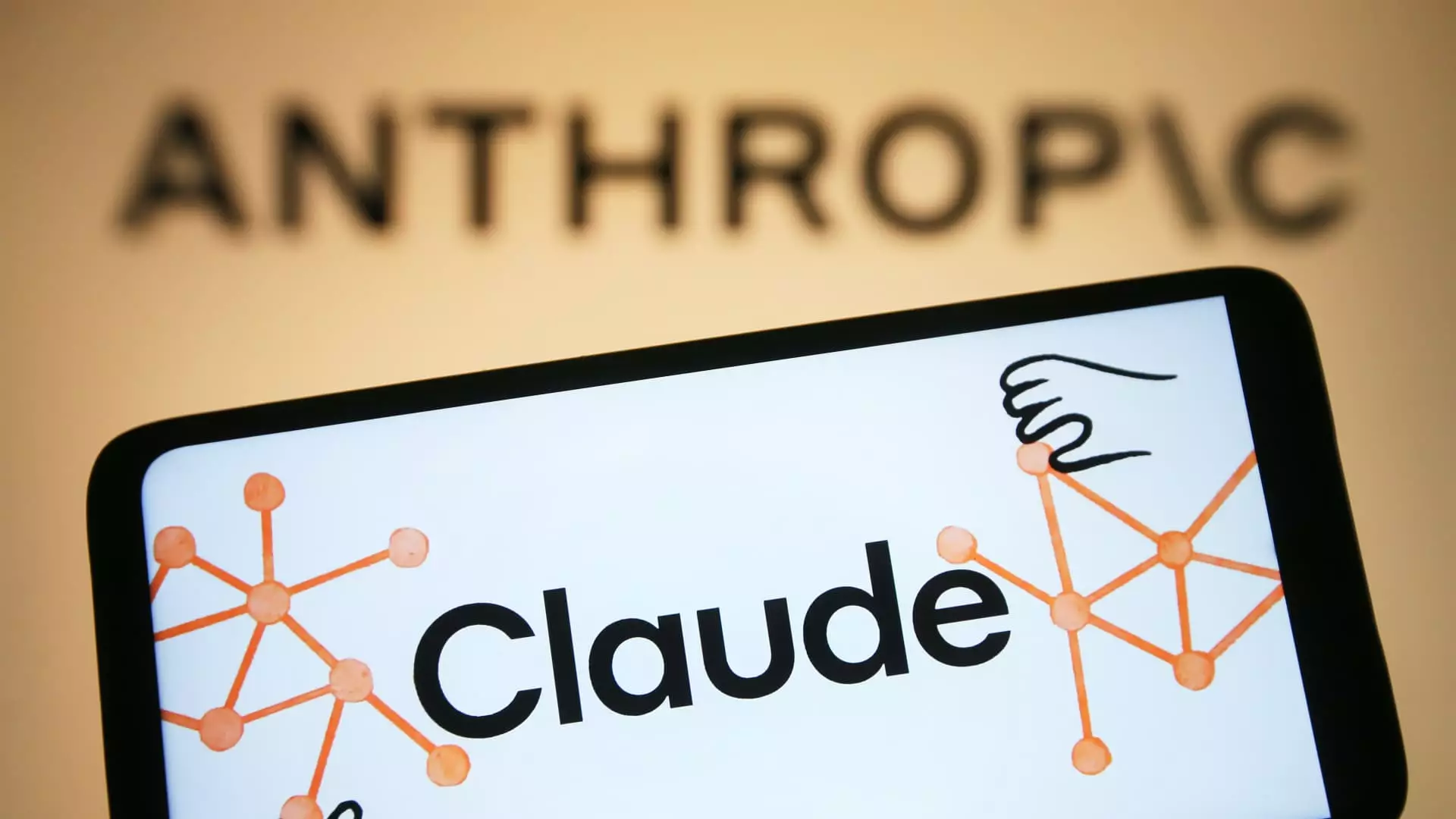Artificial intelligence has undoubtedly become the crown jewel of modern technological innovation, captivating investors with its promise of transformative power. Headlines abound with billion-dollar funding rounds, record-breaking raises, and sky-high valuations that paint a picture of unstoppable growth. However, beneath this glittering façade lies an uncomfortable truth: the market’s exuberance is increasingly detached from reality. The narrative of unchecked AI prosperity fuels a speculative bubble that threatens to burst, leaving many vulnerable to devastating losses. While heavyweight players like OpenAI and Anthropic continue to dominate headlines with their eye-watering raises, these are largely exceptional cases rather than reflective of a healthy, maturing industry.
The core issue lies in the disparity between the inflow of capital and the actual exits—those crucial moments when startups deliver returns to investors. Despite raising over $104 billion in just six months—a figure comparable to the previous full year—the number of successful exits remains alarmingly sparse. This disconnect suggests that much of the current funding is fueling short-term hype rather than sustainable innovation. Investors are caught in a cycle of FOMO, pouring money into ventures with uncertain paths to profitability. The danger is that this pattern could eventually deflate the bubble, leaving many companies stranded and investors holding the bag.
The Illusion of Market Success: Fewer High-Value Exits, Small Acquisitions Prevail
While the volume of capital flowing into AI is unprecedented, the reality of exitable ventures is much less impressive. The data shows a preponderance of smaller acquisitions rather than blockbuster IPOs or large-scale exits. The recent wave of bolt-on acquisitions—larger firms purchasing promising startups to bolster their own market positions—underscores a problem: the current environment favors defensive, short-term strategic maneuvers over genuine sector maturation. For example, Meta’s substantial investment in Scale AI signifies a quick way to acquire talent and technology, but it’s unlikely to be the last of such quick fixes.
True, CoreWeave’s IPO was a bright spot, surging 340% and reaching a hefty valuation of $63 billion. But this remains the exception, not the rule. Most startups are being absorbed through small, often less-than-glamorous deals or acquired for strategic purposes rather than being valued for long-term potential. This pattern signals that the market is still primarily driven by speculative investments rather than genuine sustained growth—raising questions about whether many of these valuations are justified or merely inflated expectations that will deflate after the hype fades.
The Risks of Overvaluation in a Technological Hype Cycle
The ongoing surge in funding raises profound concerns about sustainability. The vaporous nature of many AI startups, fueled by the desire for quick wins or strategic buyouts, hampers the industry’s ability to mature into a stable ecosystem. The prevailing hype-driven investment climate risks creating an artificial sense of progress, leading to an inevitable correction when the true value of these ventures becomes undeniable—if it isn’t already.
Furthermore, the macroeconomic environment complicates the scenario. Tight liquidity, high interest rates, and uncertain economic prospects undermine the likelihood of meaningful, high-value IPOs. Without external catalysts, the industry remains fragile, vulnerable to a correction that could dilute or wipe out decades of investor confidence. This situation calls for more cautious, responsible investing—focusing not only on the hype but on genuine, long-term technological advancements and sustainable business models.
Reclaiming Balance: Rethinking AI Investment and Innovation
To avoid an impending crisis, the industry must pivot toward a more critical, sober evaluation of its growth trajectory. Investors should prioritize quality over quantity—seeking startups with tangible applications and realistic prospects for profitability. Policymakers and industry stakeholders also have a role to play in fostering a healthier innovation ecosystem, ensuring that investments align with societal needs rather than speculative greed.
Artificial intelligence still holds immense promise, but visions of limitless growth must be tempered with realism and responsible oversight. The current frenzy risks creating a hollow prosperity—where valuations are disconnected from actual technological progress. If the industry continues to chase unrealistically high valuations, it might soon pay the price in market confidence, innovation quality, and societal trust. It’s time for a dose of critical thinking—before the bubble bursts and leaves the sector permanently damaged.


Leave a Reply